The Houseplant Beginners Guide: 8 Shortcuts to Thriving Plants

Plant care is simple once you understand the basics. Here’s our short, comprehensive guide of simple tips and tricks, as well as common symptoms, to help you create a thriving indoor garden. Look out for some great FAQ, top tips and techniques. This is our ultimate go-to guide for beginners!
1. When does a House Plant Need to be Watered?
As a new plant parent, you will be surprised at how little you actually need to water. We frequently hear, "I want a low maintenance plant," and when we ask what this might entail, the majority of people respond, "A plant I do not have to water every day!".
This is a common misconception in both the indoor and outdoor gardening communities. If you think about it, it rarely rains every day, and if it did, our plants would be very different from what we have now. Most of them would be adapted to an aquatic lifestyle.
Most plants have developed storage mechanisms for retaining moisture, including many Jungle types with thick roots or leaves that act as reservoirs. In general, when the soil becomes nearly dry, the majority of plants require water. This, however, is plant-dependent and is determined by where they naturally grow in their endemic habitat.
So, when it comes to how frequently to water, consider the plant's natural habitat, which we include in our care guides, the environment where the plant will be kept, such as in the bathroom or on a window sill, as these two locations can have drastically different conditions, and finally, how much light exposure there is.

When to Water Your Houseplant?
- TIP 1: If in doubt, don't water. It's easier to fix underwatering, than overwatering. Under-watered plants generally just need to fill up their reservoirs and will bounce back easily, unless the whole plant is crisp in its pot. Overwatered plants, on the whole, have most likely succumbed to fungal infections or root rot, which can sap the plant's energy resources.
- TIP 2: Set a regular time weekly to check your plants to see if they need water. Sometimes they may not. So check for watering needs, don't just water without assuring yourself they need it.
While doing your regular checks, keep an eye out for the following:
Dry crisp leaves and wilted foliage
This is a sign that your plant is in need of a drink. Before dumping a bunch of water on the plant, be sure to check the potting soil: If it feels dry to the touch, is pulling away from the edges or the pot when lifted feels super light, then it's definitely time for a drink. If you have noticed the above and have leaf loss, your plant is severely under watered and needs a good 30 minute soak in a tub of water.
Yellowing leaves that are wilted with excessive leaf loss
If your plant is looking drab and you have noticed a lot of yellowing leaves developing. It is now time to ensure that your plant has not been overwatered. If the soil feels soggy to the touch, or if you lift the plant and it feels heavy, then the potting soil of your plant is probably overly saturated. You may even notice that the plant is sitting in excess water when you remove it from its decorative pot. If this is the case, then follow the top tip below.

How to Save Overwatered Plant?
- Remove the plant from its plastic nursery pot.
- Find a well aerated position, protected from the elements but still with bright light.
- Lay the plant on its side, on an absorbent material like a paper towel.
- Allow it to stay this way to air dry the soil for a couple of days.
-
Replace into its nursery pot, and remove all yellowing leaves.
If your soil is extremely saturated, squeeze out as much moisture as possible. It is critical not to simply re-pot your plant unless the soil is infested with fungus or mould, as this will stress it even more.
Please Note: A yellow leaf at the bottom of your plant near the base is not a cause for concern.Most houseplants have a natural life cycle. As they mature and produce new foliage, they shed their older yellowing leaves. You can either leave them on until the plant has used up all of its stored nutrients, or you can trim them back.
2. How to Water your Houseplant Correctly and Thoroughly?
When watering, it is best to water deeply so that not only the top soil but also the entire rootball of your plant receives moisture. This will ensure that all of your plant's roots are exposed to moisture, preventing them from drying out and keeping your plant nourished.
Watering Large Houseplants
To effectively water extra-large houseplants, follow these steps:
- Assess the plant's moisture needs by testing the top 5 - 6 cm of soil with your finger—water only when it feels dry.
- Either place a saucer under the pot to catch excess water, or remove it from it’s basket and place it on a saucer so you can visibly see the water coming out of the drainage holes.
- Use a watering can with a narrow spout to deliver water directly to the base of the plant, following a circular pattern.
- Pour water in a slow, steady manner, allowing the soil to absorb it gradually.
- Stop when you notice water starting to accumulate in the saucer. This method ensures deep penetration without oversaturation, promoting healthy root growth and preventing root rot.

Watering Table Top & Hanging Plants
Follow these steps to effectively water these plants:
- Assess Moisture: Check soil moisture by seeing how light they feel and testing the soil with your finger.
- Choose a Bucket or Deep Sink: Opt for a suitable-sized bucket to house your plants, a sink with a plug or your bath with its plug in.
- Prepare Water: Fill the bucket, bath, or sink with room temperature water. You can allow it to stand overnight to allow the chlorine to dissipate.
- Submerge the nursery Pot: Immerse the plant's pot into the water, letting it soak from the bottom up, while adding some water to the top soil to assist with fast absorption. Allow your plants to stand in the water for 15 - 20 minutes.
- Monitor Drainage: Lift the pot and let excess water drain out; ensure that when placing your plants back into their decorative pots, they don't sit in standing water.
- Return to Position: Place the pot back in its location once adequately drained, maintaining healthy hydration levels.
For more information on watering read our helpful guide: Watering 101: What to Consider?
3. How Much Light Do Houseplants Need?

The best way to keep them lush and full is to ensure optimal lighting. Here are a few things to look for to determine whether your plant is getting enough light or a little too much.
5 Signs your Houseplant is receiving too little Light
Inadequate lighting can have a significant impact on the health of your houseplants. Keep an eye out for the following five signs of poor lighting:
- Leggy Growth: If your plants are stretching towards the light source, becoming tall and spindly with widely spaced leaves, it's a clear sign they're not receiving enough light. They're attempting to reach for more light, resulting in weak and stretched growth.
- Yellowing Leaves: Yellowing leaves, especially those lower down on the plant, suggest a lack of light. Without sufficient energy from light, plants struggle to produce chlorophyll, leading to faded, pale, or yellow leaves. Remember, this is only if you notice large amounts of yellowing foliage, a couple of leaves here and there are natural.
- Fewer Leaves: Insufficient light can cause reduced leaf production. If your plant isn't generating new leaves as it used to, it's likely struggling to gather enough energy from light supplied to support full, lush growth.
- Leaf Drop: If your plant is shedding healthy leaves, it might be due to insufficient light. When a plant isn't getting the light it needs, it will drop leaves as a survival mechanism to conserve energy. Less leaves means less energy is required to keep the plant alive.
- Slowed Growth: Slow growth or a complete halt in growth is another sign, unless it is the winter season, and you have ruled out other causes. If your plant isn't getting enough light, it won't have the energy to perform essential growth processes like photosynthesis, resulting in stunted development.
Did You Know? Plants with red undersides, velveteen, or dark green foliage are more likely to thrive in low light.TOP TIP: Light conditions and temperature often work in tandem. When placing plants near a window, it is critical to leave at least a 15cm gap between the window and the plant. Temperature fluctuations, like lighting, can have an impact on your plants. As a result, if you are cold, your plants will be cold, and vice versa.

5 Signs your Houseplant is receiving too much Light
While some soft direct sunlight is beneficial to houseplants, too much direct sunlight can be harmful. Keep an eye out for the following five signs that your plants are getting too much light:
- Leaf Discoloration: If you notice your leaves becoming pale, bleached, or even white, it is most likely suffering from sunburn caused by prolonged exposure to direct sunlight. This discoloration is an immediate indication that your plant is receiving too much light.
- Leaf Crisping: Browning, drying, and crisping of the leaf margins are all signs of overexposure to light. This occurs because the plant loses more water through transpiration than it can take in due to the high levels of light.
- Wilting: While wilting is often associated with underwatering, it can also be a sign of too much light. The excessive heat generated by intense light can cause the plant to lose water rapidly, leading to wilting.
- Stunted Growth: Paradoxically, excessive light can hinder growth as much as too little light can. If your plant is receiving too much light, it might focus on conserving energy rather than growing, resulting in stunted or slowed growing houseplant.
- Fading Colours: Your plant may be reacting to too much light if its leaves are losing their color and looking dull. The plant's pigments may be damaged by the strong light, and the plants’ overall health may suffer as a result.
If you notice these symptoms, you may want to adjust the amount of time your plant spends in direct sunlight by moving it indoors, using sheer curtains or shades.
You can find out more about the specific lighting requirements for your plant by visiting our Plant Care Sections. It is important to keep in mind that when we say a plant can tolerate a certain lighting, we usually mean it will survive, but may not thrive.
4. How to Know when your Houseplant needs Fertiliser?
Knowing when your plants need fertiliser is essential to keeping them thriving and healthy. Here are some warning signs that your plants need more nutrients:
- Slow Growth: If your plants are growing at a significantly slower rate than usual, it could be a sign of nutrient deficiency. Their development is stunted because they are not getting enough of the right nutrients left in their potting soil.
- Pale Leaves: Yellowing or pale leaves, especially in younger growth, often suggest a shortage of nutrients like nitrogen, iron, or magnesium, essential for maintaining vibrant leaf colour.
- Small Leaves: Insufficient nutrients can lead to the production of smaller leaves than usual. This indicates that the plant is struggling to gather the necessary resources from its environment for optimal growth.
- Fewer Flowers in Flowering Plants: If your flowering plants are producing fewer blooms than expected, they might require additional nutrients, particularly phosphorus and potassium, which aid in root, fruit and flower production in plants.
- Leaf Drop: Excessive leaf shedding can signal a nutrient imbalance, if you have ruled out lighting and watering. If your plant is dropping healthy leaves, it could be due to a lack of nutrients from infrequent or no fertilising.
- Leaves Changing Colour: If the leaves are turning unusual colours, like purple or red, when they should be green, it could indicate a lack of essential nutrients such as phosphorus or potassium. Both of these nutrients are found in all general purpose fertilisers, such as Biotrissol.
If you notice any of these symptoms, it may be time to apply a Balanced Liquid or granular fertiliser designed for the needs of your plant. Over-fertilization can cause its own set of problems, so never exceed the recommended dosage. Check out our blog on Fertilizing plants for more info.

5. Repotting Your Houseplants
Knowing when to give your potted houseplants a little more room to grow is essential for their continued strong, healthy development. Repotting is best done in the spring and summer, when plants are actively growing and can more quickly recover from any trauma caused by the process.
- Root Overgrowth: When you notice roots emerging from drainage holes or becoming tightly packed and circling the pot's interior, it's a clear sign that your plant has outgrown its current container.
- Slow Growth or Wilting: If your plant's growth has stagnated, despite proper care and regular watering, or if it's wilting more frequently, it might lack sufficient space for root expansion, indicating the need for a larger pot.
- Water Runs Through Quickly and the Plant Stays Wilted: If water pours through the pot rapidly during watering, rather than being absorbed, it suggests that the root ball occupies a significant portion of the pot. Repotting allows for fresh, nutrient-rich soil that retains moisture effectively.
Keep an eye out for these indicators and consider repotting your plant into a container that's only slightly larger, providing ample room for root growth while avoiding excessive space that could lead to waterlogging.
For more information on repotting read our helpful guide: Repotting Houseplants, When and How.
6. Understanding Houseplant Pests
Pests and diseases can be annoying, but they should not put you off because they typically only attack stressed or unhappy plants that are not getting the best care. This could indicate that the plant's environment is not optimal for its healthy growth.
Regular inspections will enable you to stay on top of infestations and prevent their spread. An ideal time to inspect is when you are watering! When inspecting your plants, pay special attention to the stems and the undersides of the leaves.

Here are a few things to keep an eye out for:
- Visible Damage: Look for physical damage on the leaves, such as holes, chewed edges, and spotting. Pest presence may also be indicated by distorted or discoloured growth and foliage.
- Webbing or cotton wool fluff: The presence of fine webbing or fluffy cotton wool-like clumps on your plant's leaves, stems, or between leaves indicates the presence of spider mites or mealybug, both common pests.
- Sticky Residue: If you notice a sticky substance on the leaves of your plant, it might be honeydew that pests like aphids, mealybugs, or scale insects have excreted. This residue can also attract ants or cause a black mold to grow on the leaves.
- Tiny Crawling Insects: Inspect the undersides of leaves and along stems for tiny crawling insects, such as aphids or thrips. These pests can multiply rapidly and cause significant damage.
Inspect your plants on a regular basis, especially when bringing in new ones, and isolate any infested plants to prevent pests from spreading. If pests are found, use organic insecticidal soaps or neem oil, or isolate the plant and manually remove the pests.
Under our plant care tab for pests, we have created a variety of pages for each pest. This will assist you in identifying them and directing you on how to treat them. For more information read our guide: Houseplant Pests: Prevention, Identification & Treatment.
7. How to Support Humidity for your Houseplants

Signs Your Houseplants Need Humidity
- Browning Leaf Tips: If the tips of your plants’ leaves are turning brown and crispy, it's a sign that the air is too dry, causing moisture to evaporate from the leaves faster than the roots can absorb it.
- Wilting or Drooping: If your plant is wilting even though the soil is moist, low humidity might be the culprit. In dry conditions, plants lose water through their leaves faster than they can replenish it, leading to wilting.
Ways to Raise Humidity for Your Houseplants
- Pebble Tray: Place a shallow tray filled with water and pebbles near or under your plants. As the water evaporates, it raises the humidity around the plants.
- Plant Grouping: Due to the combined moisture that the plants' transpiration releases, grouping plants together creates a microenvironment with higher humidity.
Remember that while increasing humidity is beneficial for many houseplants, some varieties are adapted to lower humidity levels, such as succulents, and may not respond positively to excessive moisture. Always monitor your plants' responses and adjust humidity-raising techniques accordingly.
8. Pruning Your House Plants
Regular pruning your plants during the growing season can have untold benefits for your houseplants. Here are some quick short tips for pruning:
- Pruning is necessary for the health and appearance of plants.
- Remove dead, damaged, or yellowing leaves on a regular basis to promote new growth.
- Trim spent flowers to encourage new blooms in flowering plants.
- Make your cut just above nodes, where new growth appears.
- Plants should be pruned to ensure good air circulation and light penetration.
- Trim the stems of leggy plants to encourage bushier growth.
- To prevent tearing and damaging of your plants stems, use clean, sterile, sharp tools.
- Observe the natural growth pattern of your plant and prune accordingly, but avoid over-pruning, which can stress the plant.
- Regular maintenance will keep your plants healthy and attractive.
- Be sure to only prune during the warmer seasons and avoid excessively hot days.
- You can dab the wounds with ground cinnamon to help dry out the cut quickly and avoid infection from bacteria or fungus.

We hope that this brief and concise guide sets you up for success and helps you become the best plant parent ever. Always do a little extra research into the origin and care of each of your houseplants to ensure you can meet their needs to the best of your environment's abilities. To ensure that the plant thrives, we always recommend selecting the right plant for the right space. Here's to a world filled with beautiful green houses.
To learn more, check out our Blogs for more interesting topics.





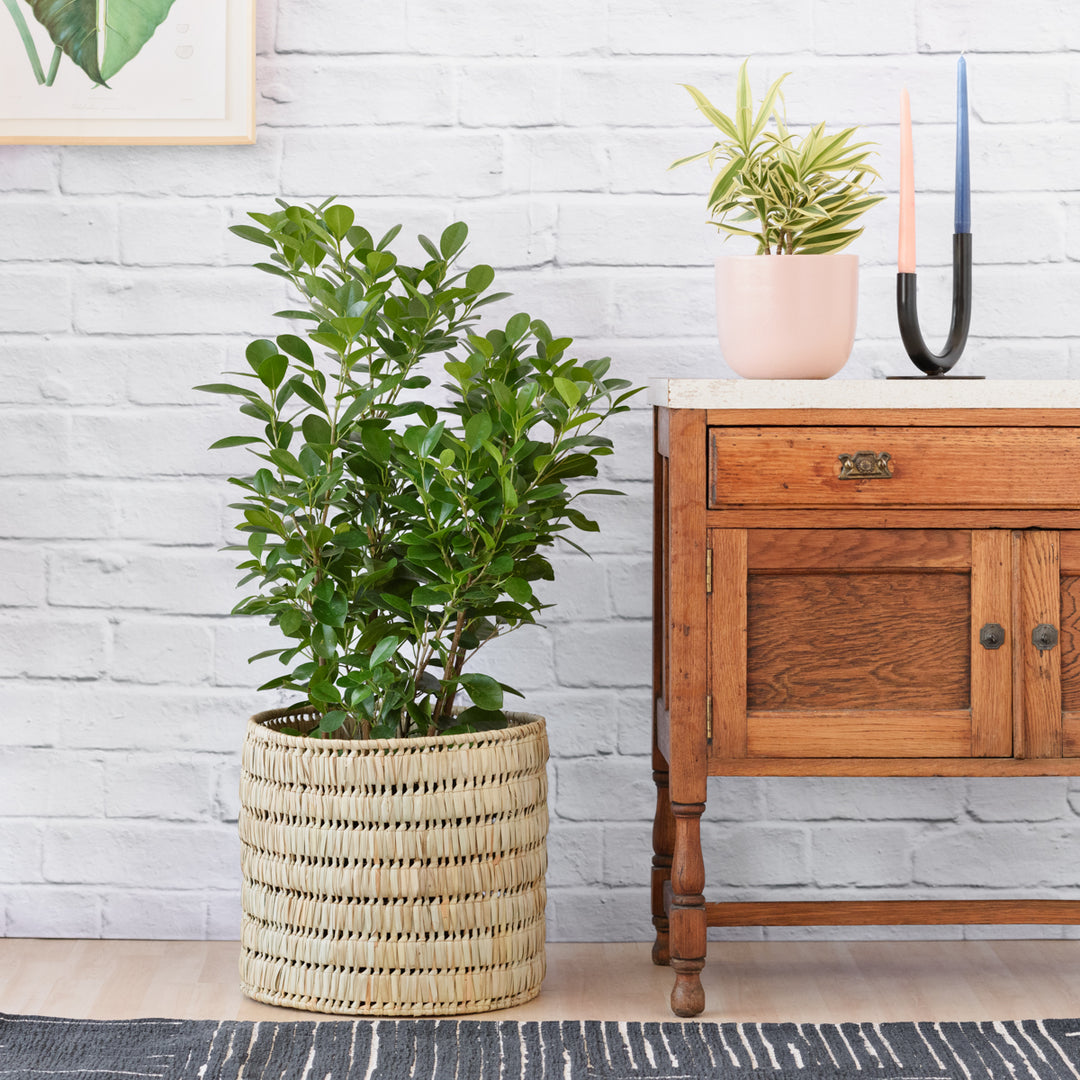
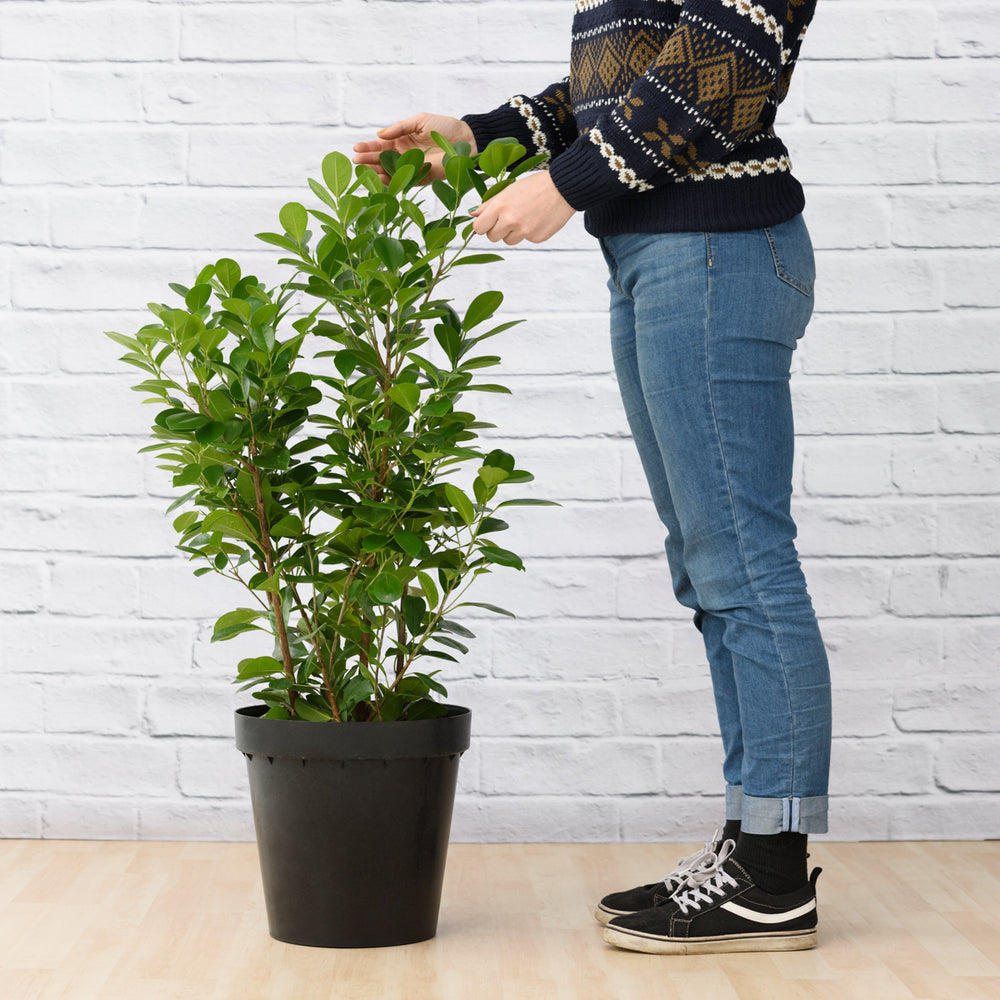
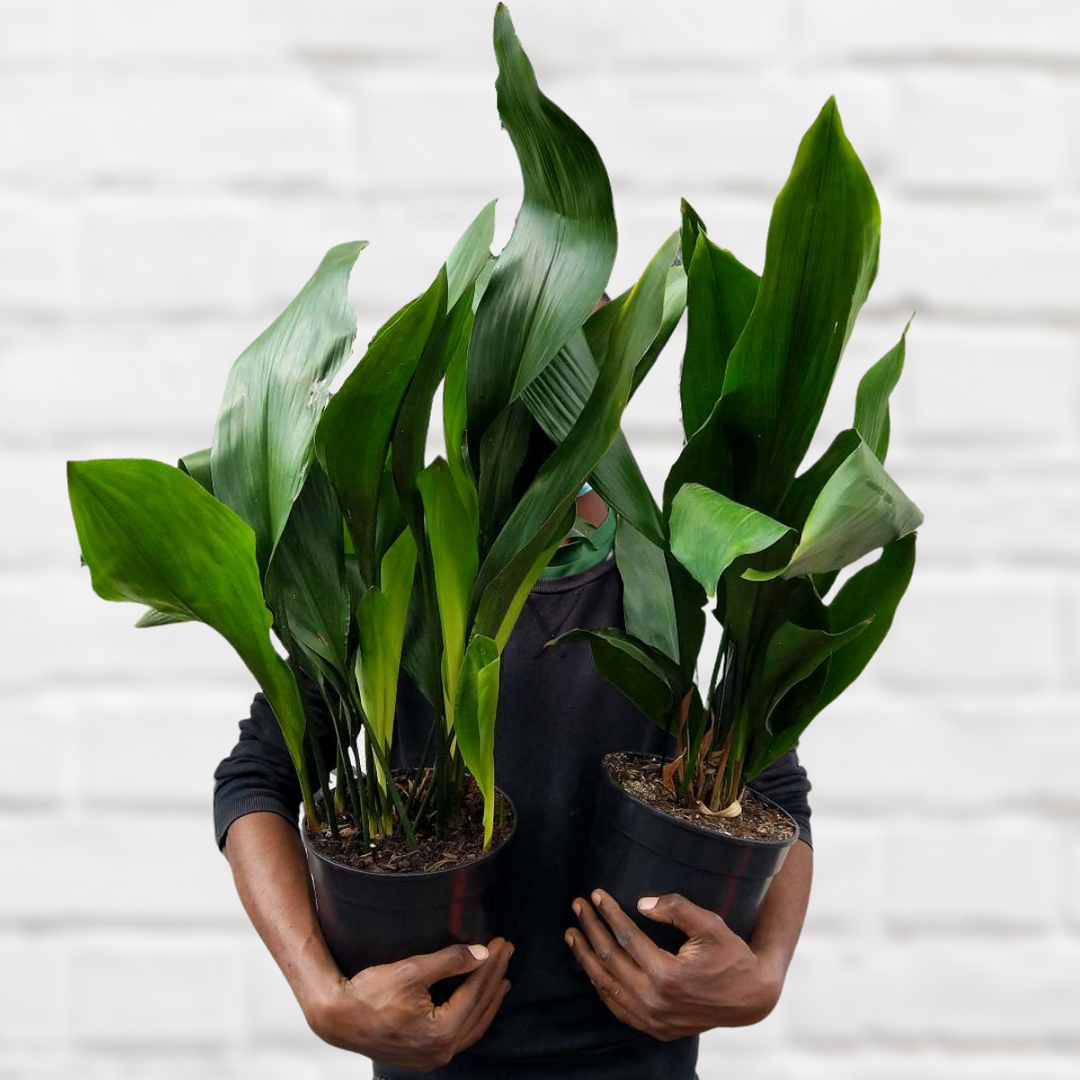
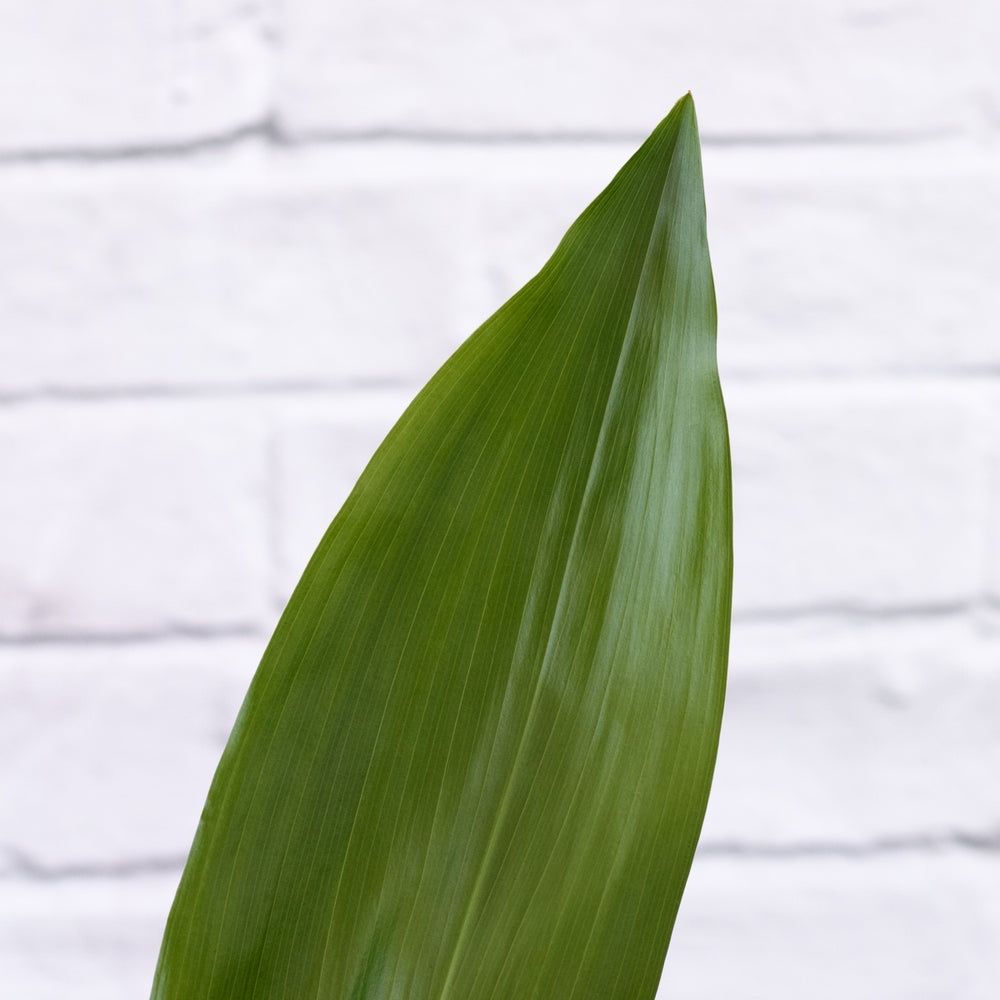
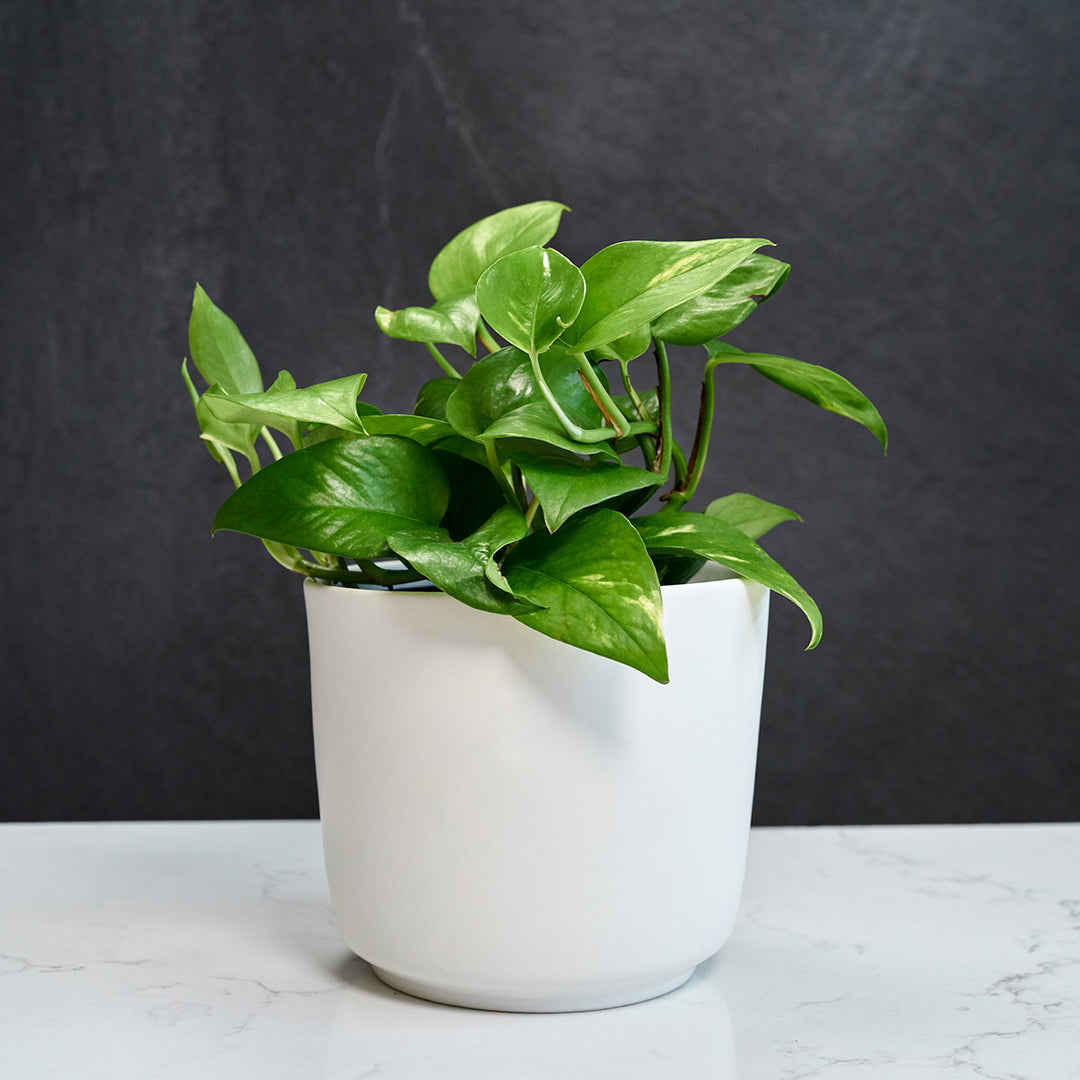
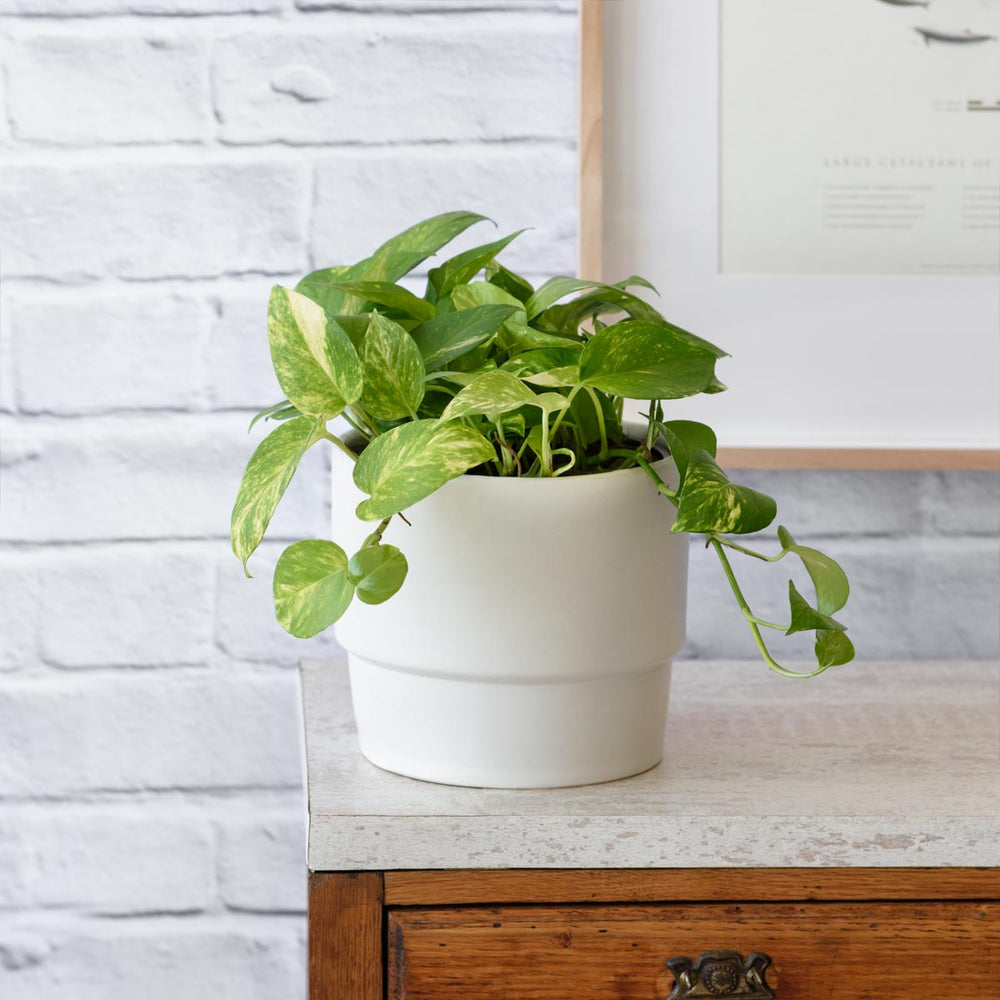
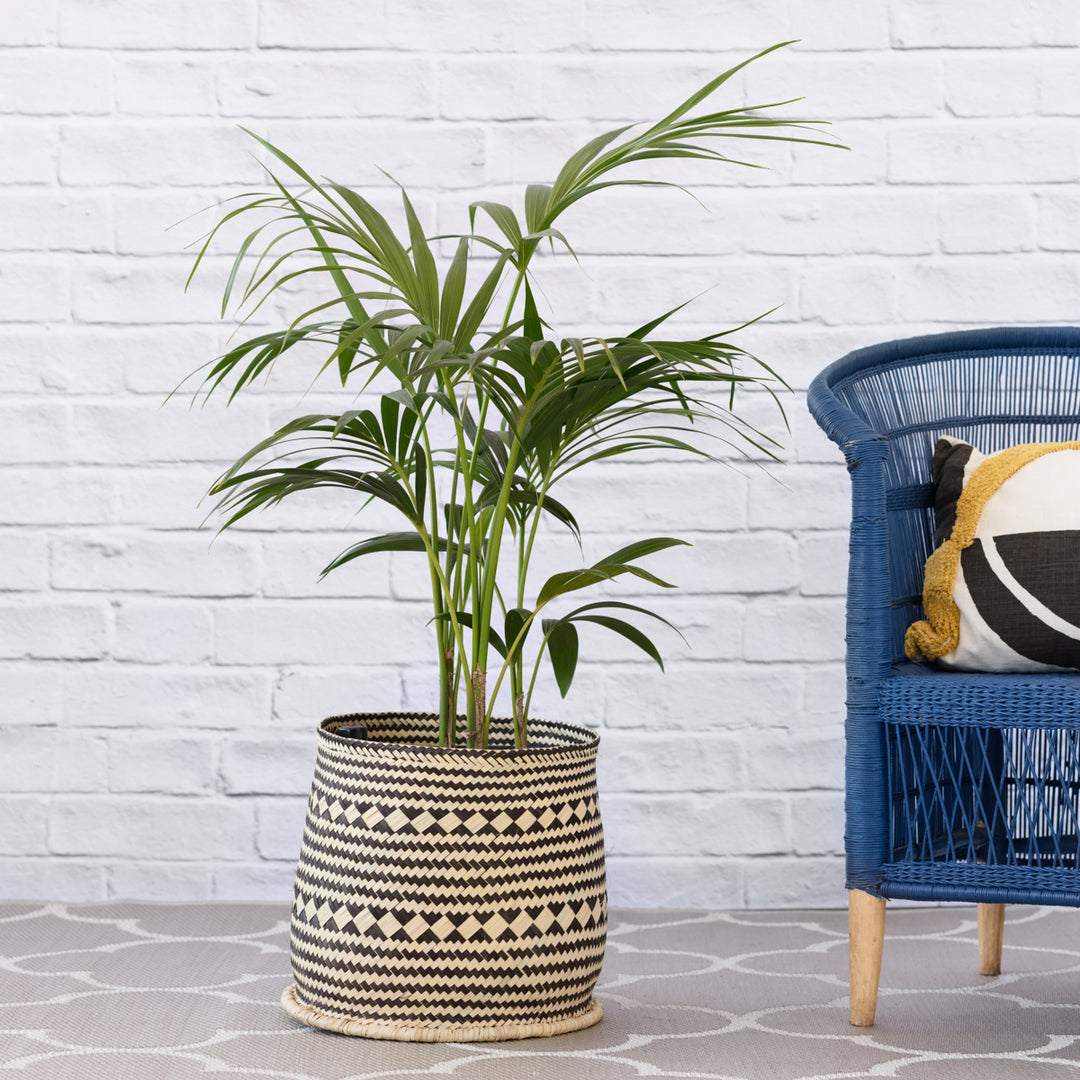
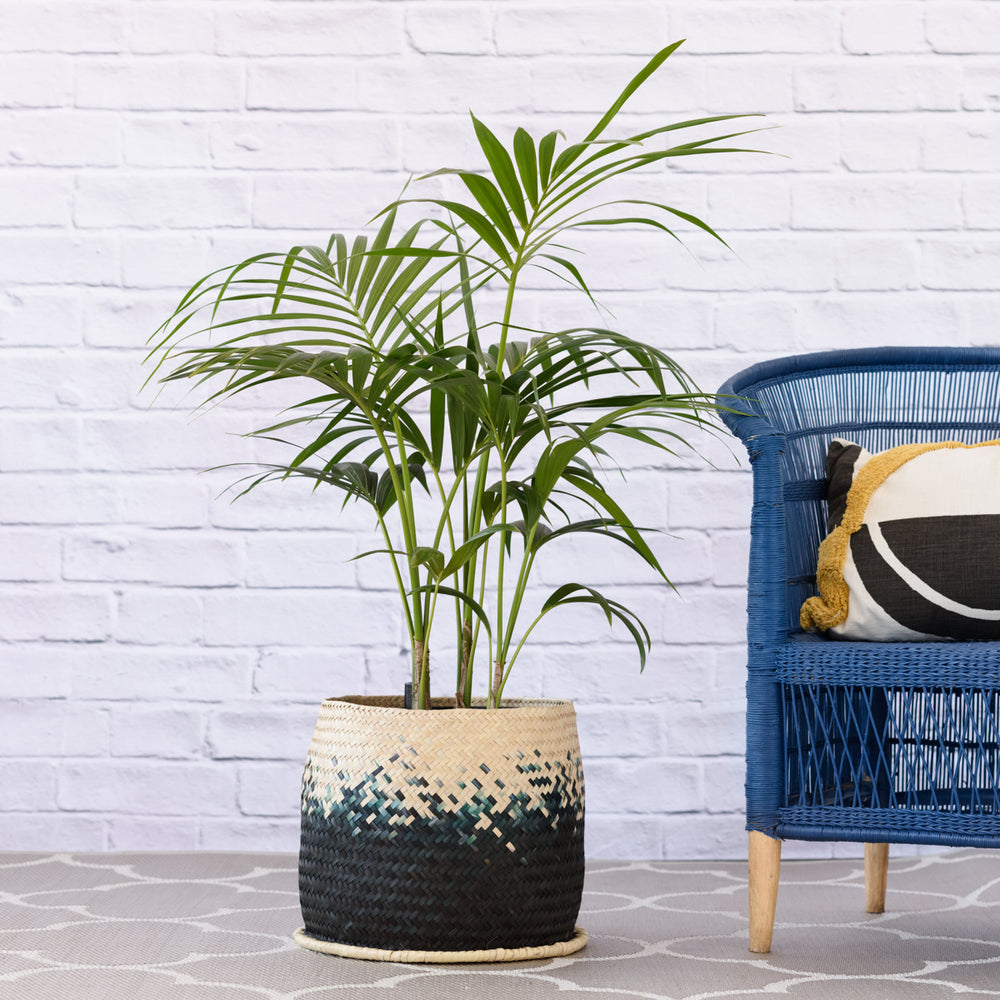


Wow! Just LOVING your website! Can’t stop looking at it and keep seeing new things! I’m an avid gardener – of both indoor and outdoor plants – and thought that I knew a lot but I am learning so much more from your beginners guide! Thank you!
I’m just starting out trying to understand the care of any and all plants. I’m putting plants in every room of our house. I’m really trying to remember what my mother tried to teach me about plants. Too bad I didn’t pay more attention.
Leave a comment